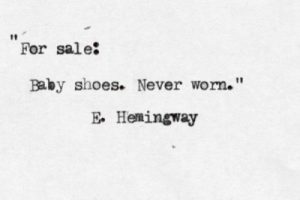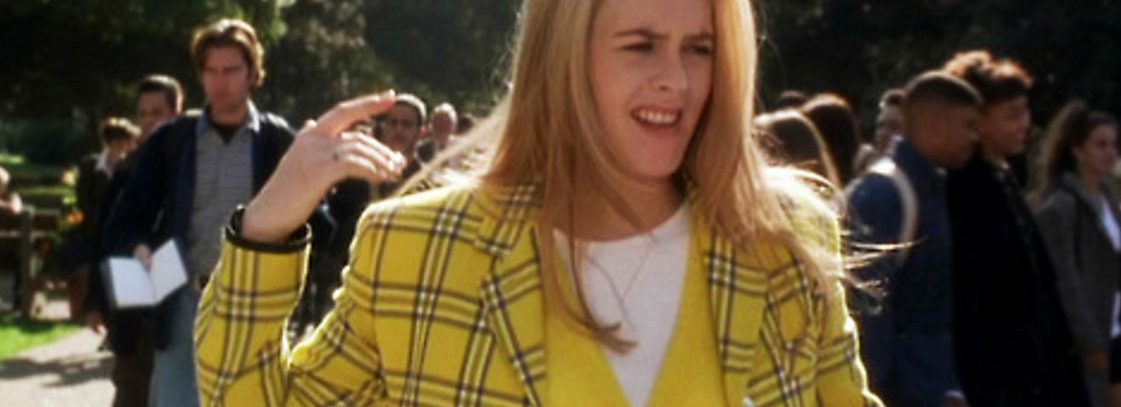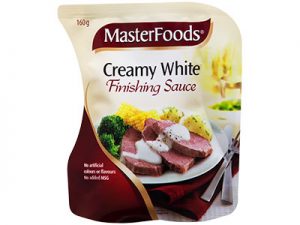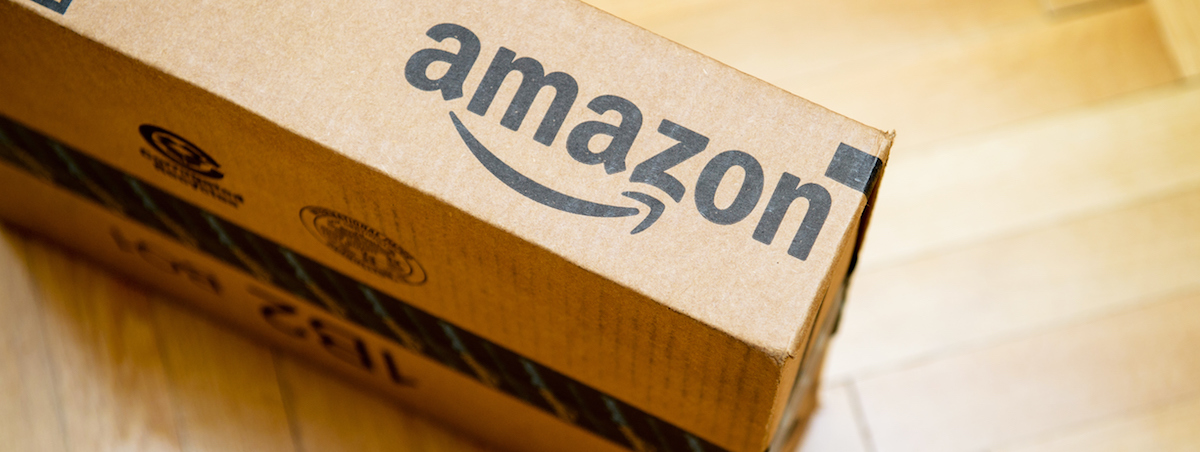WHAT SCAMMERS CAN TEACH US ABOUT ONLINE MARKETING
I was reading an article on SmartCompany the other day about an email scam and it occurred to me that they pulled their scam off quite systematically and following some good business rules. The perpetrators swindled “millions” from at least a couple of law firms in Queensland. Obviously, I am not endorsing this type of behaviour but I was intrigued by the process:
- “The email scam involves cyber criminals approaching firms via email, posing as prospective clients and asking details about their services.
- The scammer eventually agrees to sign on as a client, then sends through personal documents to the law firm.
- These documents prompt the employee on the other end to enter the login details of their work email address, which the scammer harvests.
- The next step of the scheme involves the scammer watching the inboxes of firms until they see details of a settlement or payment that needs to be made from the firm to another party.
- The cyber criminal sends a reminder email to the firm about the payment, prompting them to pay this into their bank account instead of to the legitimate recipient, The Brisbane Times reports.”
We are all aware of the different types of customer cycles and paths to purchase. These scammers pretend to be a normal customer and they approach the firm with Awareness; they then move on to, and feign, Evaluation; and finally they move in for a Purchase (which doesn’t eventuate).
Here’s the beautiful part – at the same time that they are pulling the “job”, the firms themselves are also spiralling down the scammer’s funnel. They are approaching multiple top-level firms, making sure the firm is Aware of them and seeing if they are Interested in a new client (who wouldn’t), then move in for the Conversion. I am sure some skilled conmen and women would also like to achieve Retention but I’m guessing that’s a bit hard in their line of work.
As companies become savvier, these scams will work less and less but as the article suggests, some firms are able to escape the funnel at different points whether it’s the lack of a phone number early on, or two-way identification which foils the scam.
All in all, it’s a lesson to be vigilant against scammers but also a reminder that a well thought out user journey or customer experience can lead to a great conversion.





















